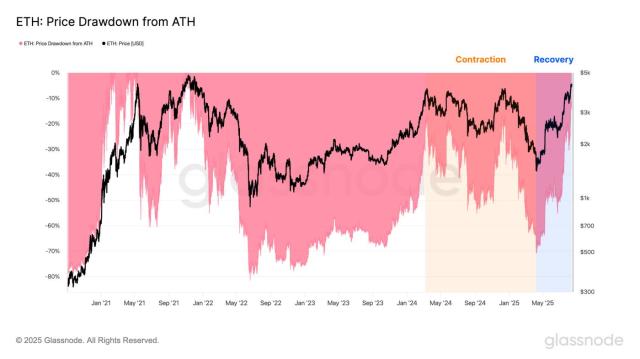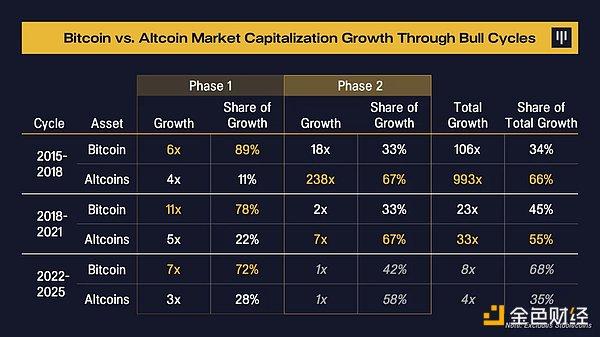AI infrastructure provider CoreWeave posted another strong quarter and a larger revenue backlog in its latest quarterly earnings.
Yet, its shares fell sharply in after-hours trading as investors focused on swelling costs and shrinking operating margins.
CoreWeave’s revenue came in at about $1.2 billion, roughly triple year over year, but still booked a $290 million net loss as interest costs and infrastructure spending surged, according to a statement released Tuesday.
The company is “scaling rapidly” as it seeks to “meet the unprecedented demand for AI,” co-founder and CEO Michael Intrator said.
Its latest revenue figures come as resistance to its $9 billion all-stock takeover of Core Scientific mounts, with Two Seas Capital, the latter’s largest shareholder, vowing to vote against what it said was an “inadequate” deal.
Adjusted net loss widened to roughly $131 million, despite adjusted operating income of $200 million, as operating expenses and stock-based compensation increased.
Its revenue backlog stood at roughly $30 billion, representing signed multi-year commitments to be recognized as further compute capacity comes online. Its operating margins compressed to 2% from 20% a year earlier.
Revenue backlog includes remaining performance obligations and other amounts expected to be recognized in future periods under committed contracts, subject to delivery and service availability, per CoreWeave's filing.
Despite positive figures, investors weren’t impressed, sending CoreWeave’s shares tumbling more than 10% to $133.3 during after-hours trading, Nasdaq data shows.
Some observers contend the growth masks fragile economics, citing thin margins and depreciation assumptions on GPU lifespans.
“Even their adjusted operating margin for the quarter was only 16%, which doesn’t seem great for such a capital-intensive business,” Jeffrey Emanuel, founder and CEO of blockchain infrastructure firm Pastel Network, told Decrypt. “But then you have to remember that they’re depreciating all their H-100 GPUs assuming a straight line, six-year useful life.”
Emanuel noted that CoreWeave’s current machines are not “remotely competitive on price or performance” now that newer ones are out. Some echo this concern, warning that CoreWeave's edge is narrowing as rivals secure similar hardware.
“CoreWeave’s lead has come from securing NVIDIA’s newest GPUs first, but that edge fades as hyperscalers and specialist clouds catch up.” Ram Kumar, core contributor at decentralized AI platform OpenLedger, told Decrypt.
“Without faster margin expansion and locked-in utilization, they risk sliding from high-growth disruptor to low-return infrastructure landlord, especially in a price-war environment.”
Having “thin operating margins and heavy fixed costs” makes CoreWeave “more vulnerable than diversified hyperscalers to a demand pause,” Kumar added. “A slowdown in AI training budgets or customer consolidation could quickly squeeze cash flow, making long-term contracts and software-driven stickiness critical to resilience.”
CoreWeave’s accounting may also be masking deeper losses, Pastel Network’s Emanuel argues.
“If you adjust that depreciation expense to something even remotely realistic, like 2.5 or 3 years and front-loaded, they are losing money hand over fist. And that’s with the benefit of some very juicy contracts they signed during the frenzy for computer capacity,” he said.
CoreWeave did not immediately respond to Decrypt’s request for comment.








